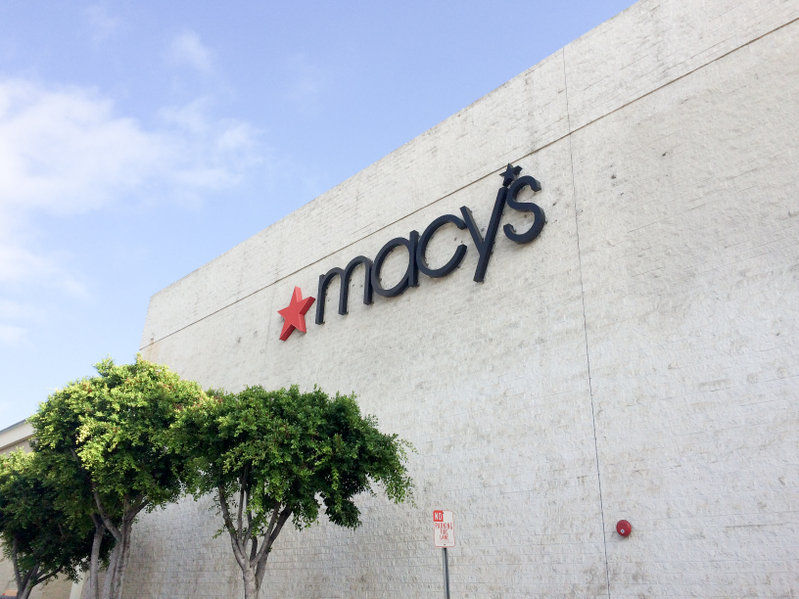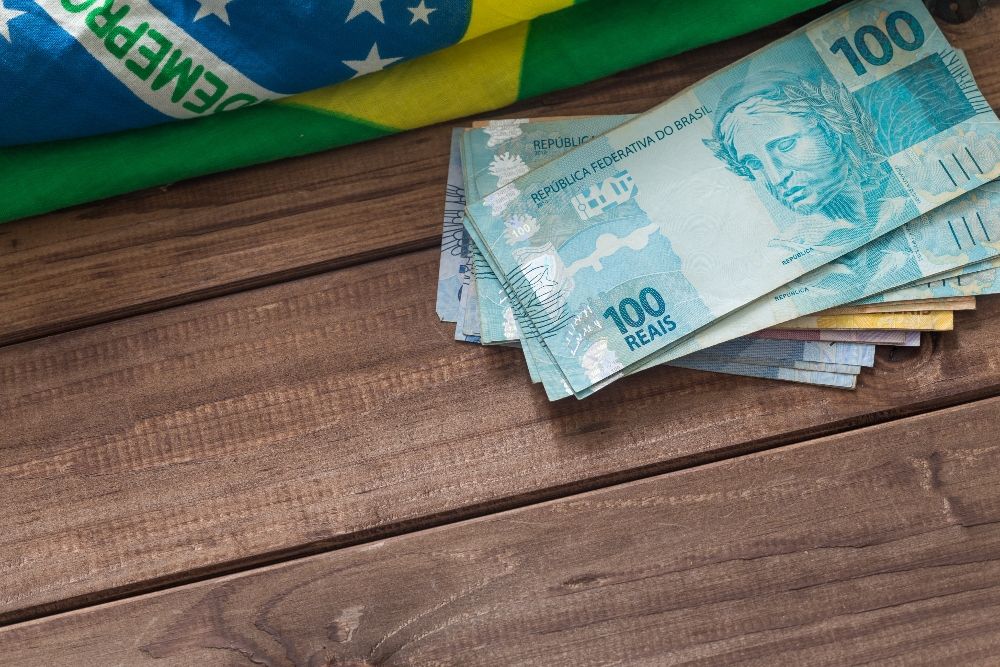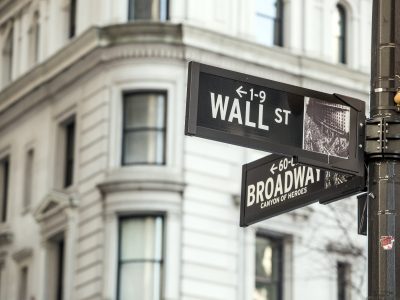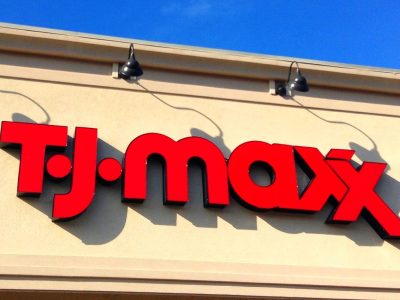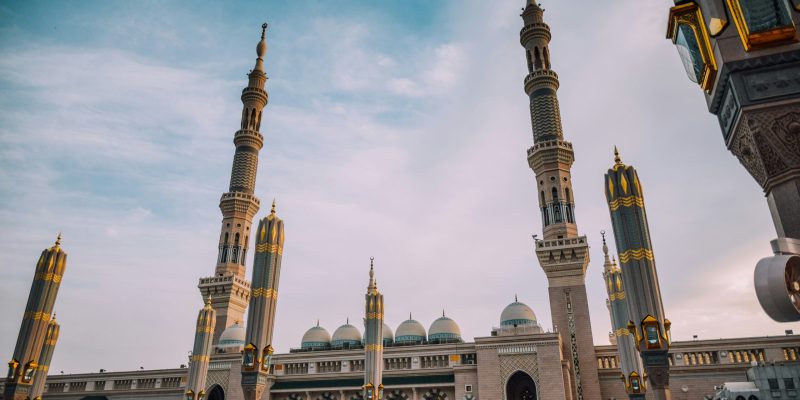
A CNBC report reveals that construction of Neom, a futuristic urban development envisioned as a core component of Vision 2030, is underway in the vast northwestern desert of Saudi Arabia.
With ambitions to house 9 million people within two parallel glass skyscrapers stretching 106 miles, The Line represents the pinnacle of this $1.5 trillion endeavour.
This massive city project, part of Saudi Arabia’s plan to reduce oil dependency, is complemented by other hyper-modern ventures, aimed at transforming the kingdom into a hub for innovation, tourism, and sustainability.
Recent shifts in spending priorities and economic challenges are raising questions about the feasibility of these grand ambitions.
Neom’s scale and cost reshape Saudi spending
Neom’s estimated cost has soared to $1.5 trillion, making it one of the world’s largest and most ambitious developments.
Funded largely by Saudi Arabia’s Public Investment Fund (PIF), which manages $925 billion in assets, the project is central to diversifying the kingdom’s economy.
Recent economic pressures, including a growing deficit and declining oil revenues, have prompted a reevaluation of priorities.
In 2023, the Saudi economy shifted from a $27.68 billion budget surplus to a $21.6 billion deficit.
For 2024, the government projects a deficit of $21.1 billion, with revenues at $312.5 billion and expenditures at $333.5 billion.
While the deficit is manageable due to the country’s foreign currency reserves of $456.97 billion and an A+ credit rating, the strain on public finances is evident.
The Line, initially envisioned as a 106-mile linear city, is now under construction for a significantly scaled-back phase of just 1.5 miles.
While Neom executives insist that the ultimate goal remains intact, this shift reflects a pragmatic approach to manage costs and deliver results incrementally.
The population target for The Line has also been reduced, from 1.5 million by 2030 to under 300,000 in the near term.
Domestic investments take precedence
In 2023, Saudi Arabia shifted focus from extensive overseas investments to prioritising domestic projects.
Analysts suggest that this pivot acknowledges the pressing need to ensure financial returns from the billions already allocated to ambitious developments like Neom.
One Gulf-based financier noted that the PIF’s domestic emphasis highlights the continued spending required for Vision 2030 initiatives.
The kingdom’s challenge lies in balancing immediate fiscal pressures with the long-term economic transformation promised by these projects.
Economic realities test Vision 2030 goals
Saudi Arabia’s Vision 2030 aims to reduce reliance on oil revenues and establish a diverse economic base.
Yet, sustained low oil prices and reduced production under OPEC+ agreements have hampered revenue growth.
Real GDP growth projections for 2023 have been slashed from 4.4% to just 0.8%.
Despite these challenges, Finance Minister Mohammed Al-Jadaan remains confident in the kingdom’s fiscal sustainability, emphasising that non-oil revenues now account for 37% of government expenditure.
Source: CNBC
According to Saudi Arabia’s Central Bank, the Saudi government has issued over $35 billion in bonds this year, leveraging its strong credit rating and robust reserves to manage deficits while maintaining investments in Vision 2030 projects.
Balancing ambition with pragmatism
Analysts, including researchers at Tulane University, caution that the sheer scale of Neom and other giga-projects may not be sustainable in their current form.
Some initiatives may face further reductions or delays to align with fiscal realities.
The kingdom’s flexibility in adapting to economic conditions and willingness to adjust project scopes suggests a pragmatic approach to navigating these challenges.
Neom’s trajectory exemplifies this balancing act.
While initial phases focus on delivering tangible results, questions remain about the broader feasibility of such an ambitious vision.
For many Saudis, practical improvements in infrastructure, healthcare, and education may hold more immediate value than futuristic urban designs.
Despite concerns, Saudi Arabia’s economic resilience and strategic reforms position it to weather current challenges.
Efforts to attract foreign investment and diversify revenue streams have shown promise, with reforms improving economic resilience and increasing global investor confidence.
Neom’s success will depend on its ability to deliver measurable outcomes while maintaining fiscal discipline.
For a nation looking to redefine its global image and economic foundation, the path forward requires balancing bold aspirations with achievable milestones.
The post Can Saudi Arabia’s $1.5T Neom sustain its spending spree? appeared first on Invezz


